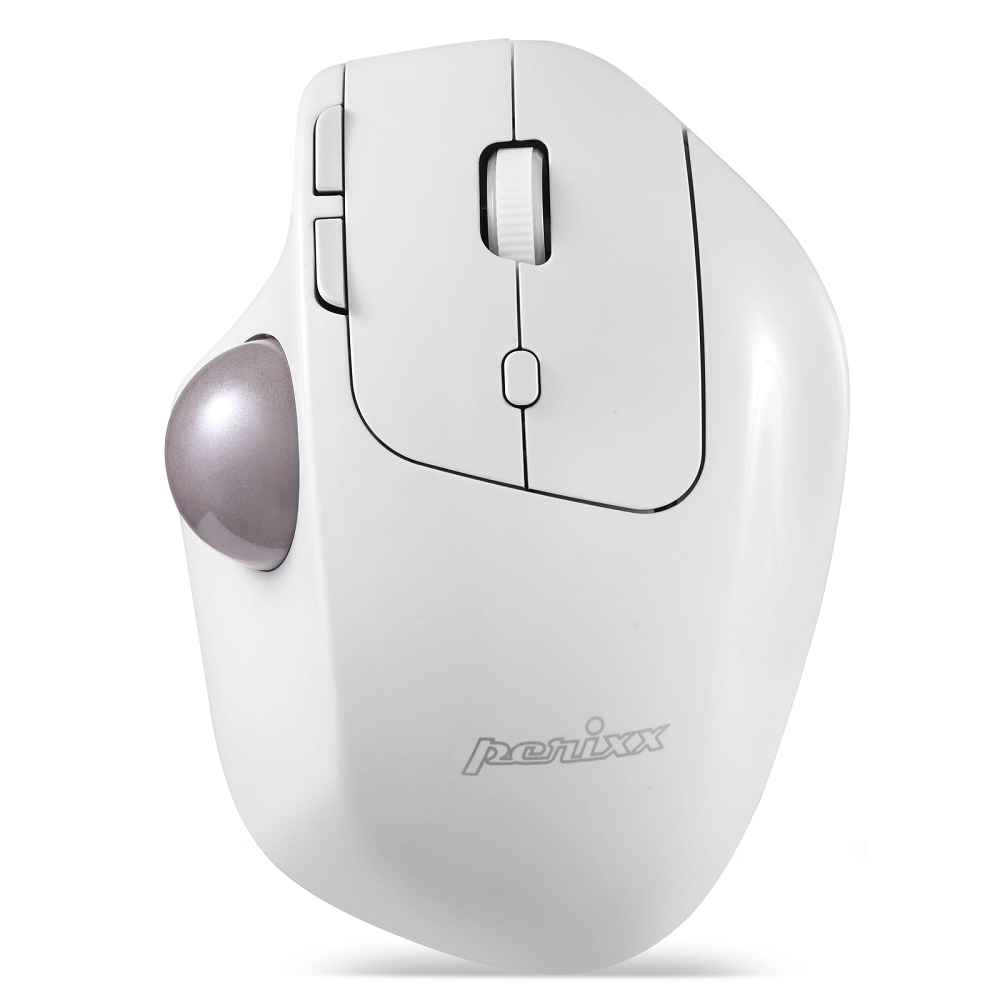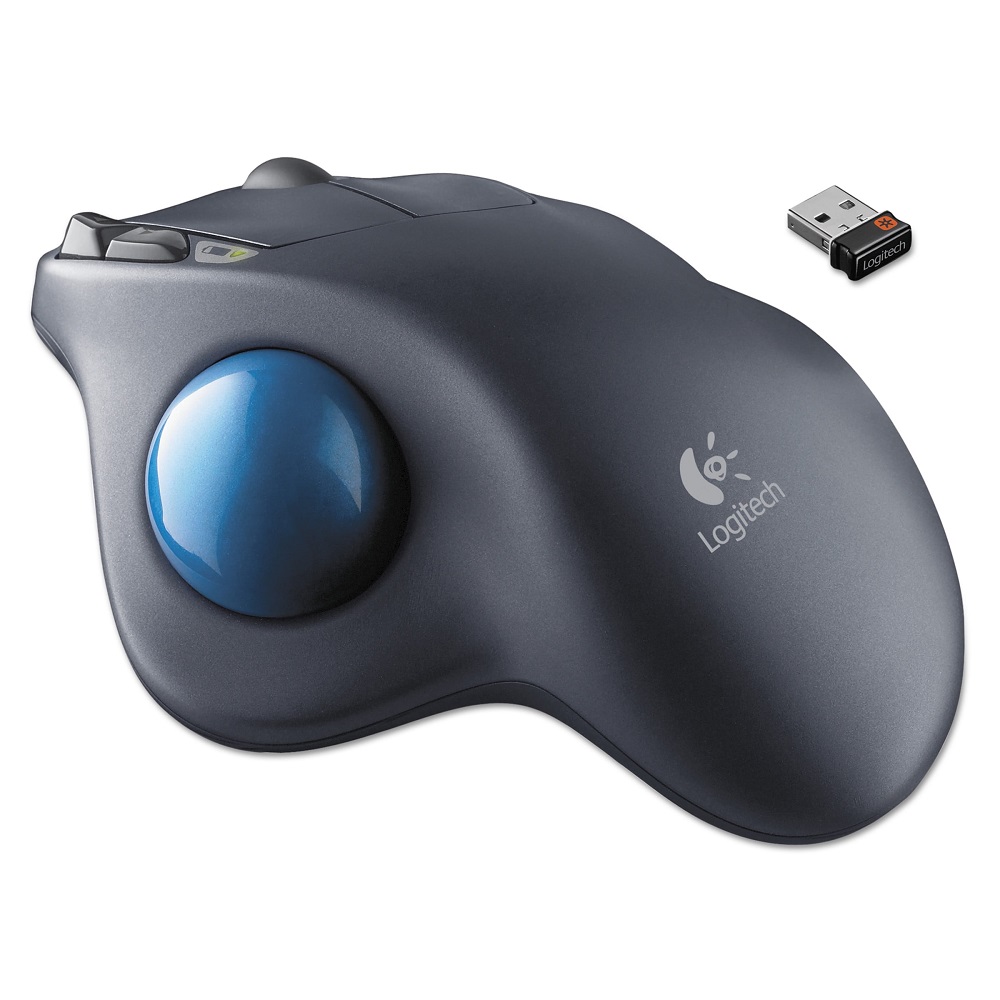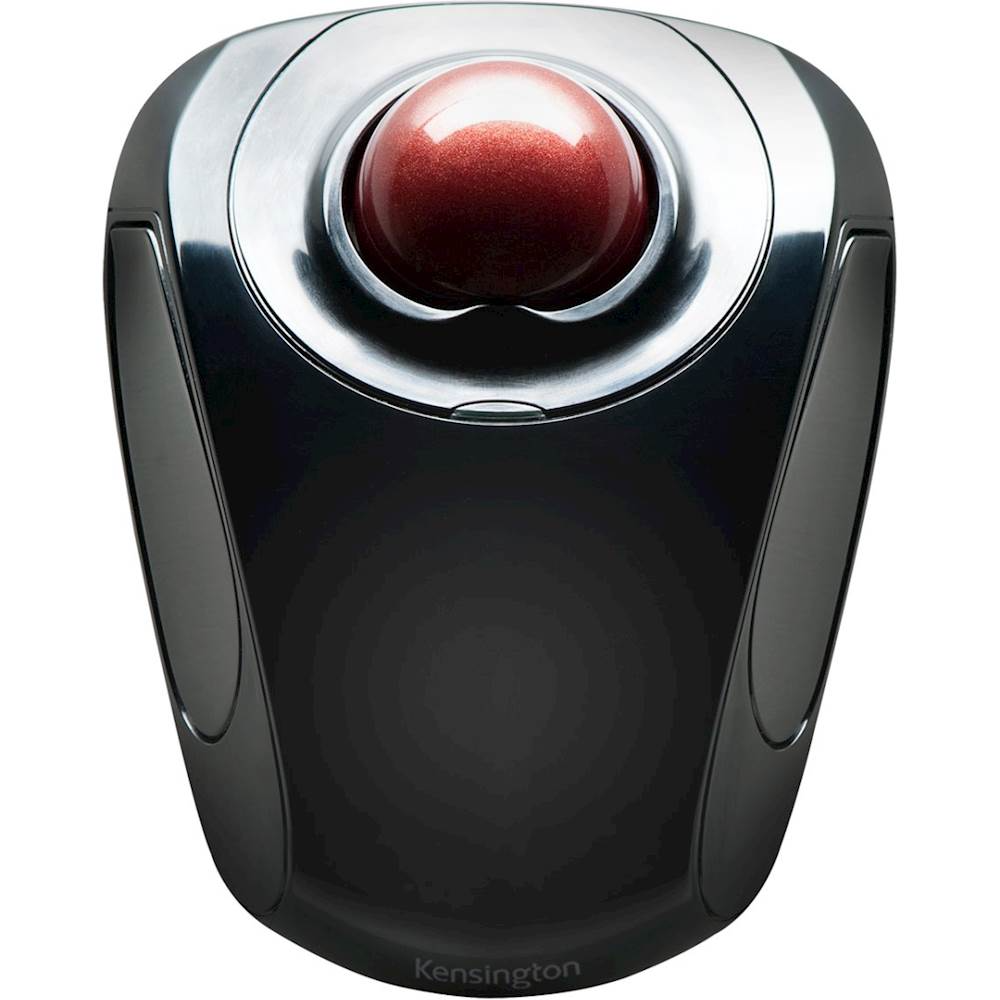In the evolving landscape of computer peripherals, the wireless trackball mouse has emerged as a significant contender. From gamers and graphic designers to office workers and casual users, this device offers unique benefits. This article delves deep into the world of the wireless trackball mouse, exploring its history, advantages, types, and future prospects.

The History and Evolution of the Trackball Mouse
Origins and Early Development
The trackball’s history transcends decades, dating back to the 1950s. Originally designed for military use, the first trackball devices were incorporated into radar systems for their precision and control. Unlike traditional mice, which require movement across a surface, trackballs function via a ball that users rotate with their fingers. This design paved the way for a new style of navigation.
Over the years, trackball technology transitioned from industrial to personal computing. By the 1980s, trackball mice began appearing in the consumer market. However, initial models were wired, bulky, and less reliable.
Introduction of Wireless Technology
The advent of wireless technology in the late 1990s significantly impacted trackball mice. The primary appeal was the elimination of cumbersome cords, providing greater flexibility and a cleaner workspace. Advances in Bluetooth and RF technologies ensured faster response times and reduced latency, crucial for users requiring high precision.
By the early 2000s, wireless trackball mice had become more compact and user-friendly. Manufacturers began focusing on ergonomics, realizing that the static hand position reduced strain over prolonged use compared to conventional mice.
Advantages of the Wireless Trackball Mouse
Ergonomic Benefits
One of the most compelling reasons to switch to a wireless trackball mouse is its ergonomic design. Traditional mice require ample space for movement, leading to increased wrist and arm activity. In contrast, a trackball mouse remains stationary, drastically minimizing physical exertion.
This reduced motion is particularly beneficial for individuals with repetitive strain injuries (RSIs) or conditions like carpal tunnel syndrome. By decreasing wrist movements, a trackball mouse helps alleviate pain and prevents the aggravation of such conditions.
Precision and Control
Precision is a critical factor for numerous applications, from graphic design to gaming. The wireless trackball mouse offers unparalleled control, allowing users to make minute adjustments with ease. Unlike conventional mice that can slip or react inconsistently on different surfaces, the trackball maintains steady and accurate tracking.
For creative professionals, this precision translates to crisp designs and edits. Gamers, on the other hand, benefit from swift navigation and control during intense gameplay.
Space Efficiency
In today’s era of compact workstations and clutter-free desks, the wireless trackball mouse stands out for its spatial efficiency. It occupies a fixed position, enabling users to work comfortably in confined areas. This feature is especially advantageous for individuals with limited desk space, whether in home offices or shared work environments.
Moreover, its portability makes it a popular choice among frequent travelers. Without the need for a flat surface, users can effortlessly operate their trackball mouse on uneven or restricted spaces, like airplane trays or small coffee shop tables.
Types and Variants of Wireless Trackball Mice
Thumb-Controlled Trackball Mice
Thumb-controlled trackball mice are engineered to place the ball under the thumb, while the remaining fingers handle buttons and scrolling. This design is intuitive for many users, mimicking the natural thumb movements associated with other activities, like typing on smartphones.
The thumb-controlled variant is favored for its comfort and ease of use, particularly for prolonged tasks. By isolating movement to the thumb, users experience decreased fatigue and improved precision.
Finger-Controlled Trackball Mice
In contrast to thumb-controlled models, finger-controlled trackball mice position the ball centrally. Users utilize their index and middle fingers to manipulate the ball, with the thumb and pinky dedicated to click functions. This design offers fine-tuned navigation, ideal for tasks requiring intricate cursor control.
Finger-controlled trackball mice cater to users seeking heightened accuracy and control. They often come with larger trackballs, providing a more significant surface area for finger manipulation, which can enhance user comfort and precision.
Sculpted and Ergonomic Models
Recognizing the diverse needs and preferences of users, manufacturers have developed sculpted and ergonomic trackball mice. These models boast contoured designs, optimizing hand positioning to mitigate strain and enhance comfort. The ergonomic focus includes adjustable angles, customizable buttons, and various ball sizes to cater to different hand sizes and grip styles.
Ergonomic models often come with added features, such as programmable buttons and dual connectivity options (Bluetooth and USB). These enhancements make them versatile tools, adaptable to both professional and personal settings.
The Benefits of Wireless Technology
Freedom from Cables
Wireless trackball mice liberate users from the constraints of cables. This freedom translates to a tidier workspace, with less clutter and more room for other essential peripherals. In environments where mobility is crucial, such as during presentations or collaborative sessions, a wireless trackball mouse provides seamless control without the hassle of tangled cords.
Moreover, modern wireless technology offers robust connectivity over considerable distances. Whether you’re presenting across a conference room or working from your couch, the consistent and stable connection ensures uninterrupted control.
Enhanced Battery Life
Historically, wireless peripherals struggled with limited battery life. However, contemporary wireless trackball mice feature significant advancements in power efficiency. Many models now boast rechargeable batteries, capable of lasting weeks or even months on a single charge. LED indicators help monitor battery levels, ensuring users are never caught off guard.
Some variants support dual power modes, allowing both battery and USB operation. This flexibility ensures continuous usage, further enhancing the reliability of wireless trackball mice in various scenarios.
Advanced Connectivity and Compatibility
Modern wireless trackball mice leverage advanced connectivity options, primarily Bluetooth and Radio Frequency (RF) technology. Bluetooth connectivity offers universal compatibility across several devices, including laptops, tablets, and smartphones. This versatility allows users to switch between devices seamlessly, optimizing productivity across different platforms.
RF technology, on the other hand, provides dedicated connectivity through a USB dongle. While requiring an available USB port, RF connections are known for their low latency and stable performance, making them ideal for tasks demanding high precision, such as gaming and graphic design.
Multidevice Pairing Capabilities
Many contemporary wireless trackball mice come with multidevice pairing capabilities, enabling users to connect to multiple devices simultaneously. With the press of a button, transitioning from a laptop to a tablet or smartphone becomes smooth and hassle-free. This feature is particularly beneficial for professionals managing multiple gadgets or remote work setups, where efficient device switching is crucial.
Additionally, multidevice pairing reduces the need for multiple peripherals, minimizing clutter and enhancing workspace organization. It represents a significant leap in productivity enhancement, catering to the dynamic needs of the modern user.
Applications and Use Cases
Professional Use
The wireless trackball mouse has found a solid foothold in the professional domain. Graphic designers and CAD (Computer-Aided Design) professionals, in particular, appreciate the precision and control these devices offer. The ability to make fine adjustments ensures detailed and accurate work, improving the overall quality of output.
In office environments, the ergonomic design of trackball mice helps mitigate the physical strain associated with prolonged computer usage. This reduction in strain translates directly into increased productivity and decreased absenteeism due to work-related injuries.
Gaming
Gamers constitute another significant user base for wireless trackball mice. Precision, speed, and comfort are paramount in gaming, and trackballs deliver on all three fronts. The ability to execute quick, precise movements without the need for extensive hand travel provides gamers with a competitive edge.
Many wireless trackball mice offer customizable buttons, enabling gamers to tailor functions to their gameplay style. This customization enhances the overall gaming experience, making it more intuitive and responsive.
Home and Casual Use
Even casual users stand to benefit from the advantages of wireless trackball mice. The simplicity and ease of use make them a favorable alternative to traditional mice. They are particularly beneficial in environments where space is at a premium. From home offices to living rooms, the stationary design ensures efficient use without requiring extensive desk space.
Their portability further adds to their appeal for casual users. Whether working from a coffee shop or browsing the internet while lounging on the couch, the wireless trackball mouse offers flexibility and ease of use that conventional mice struggle to match.
Future Trends and Innovations
Integration with Smart Devices
As technology progresses, the integration of wireless trackball mice with smart devices is becoming increasingly pronounced. Smart homes equipped with various interconnected devices benefit from peripherals that can seamlessly integrate and enhance functionality. Voice commands, gesture controls, and other innovative features are likely to become more prevalent.
Furthermore, augmented reality (AR) and virtual reality (VR) spaces can leverage the precision and control offered by trackball mice. Navigation within these immersive environments requires a level of control that traditional input devices may struggle to provide.
Eco-Friendly Designs
The growing emphasis on sustainability and eco-consciousness is influencing the design of wireless peripherals, including trackball mice. Manufacturers are focusing on creating devices from recycled materials and incorporating energy-efficient components. Solar-powered trackball mice and models with efficient power management systems represent a step towards reducing the ecological footprint of electronic devices.
Increased Customization and Personalization
Customized and personalized peripherals are rapidly gaining popularity. Users seek devices that cater to their individual preferences and requirements. Future wireless trackball mice are expected to offer extensive customization options. This may include programmable buttons, adjustable sensitivity levels, and even swappable components to tailor the device to specific tasks.
Manufacturers may also explore modular designs, allowing users to interchange parts to suit their ergonomic preferences. This level of personalization ensures that the device caters to a broad spectrum of users, enhancing comfort and functionality.
Advanced Haptics and Feedback Systems
Haptic feedback is another area poised for innovation in wireless trackball mice. Advanced haptic systems can provide users with tactile feedback, enhancing the overall user experience. This feedback can be particularly valuable in applications where precision is crucial, such as gaming and professional design work.
Enhanced haptics, coupled with advanced sensor technology, will enable trackball mice to deliver a more immersive and intuitive experience. Users can expect devices that respond with greater accuracy to inputs, providing a more seamless interaction with digital environments.
Conclusion
The wireless trackball mouse offers a blend of ergonomic comfort, precision, and versatility, making it a valuable tool across various domains. Its evolution from a niche peripheral to a mainstream device highlights the increasing demand for efficient and user-friendly input solutions. With ongoing advancements in technology, the wireless trackball mouse is poised to play a significant role in shaping the future of computer peripherals, catering to the dynamic needs of professionals, gamers, and casual users alike. As innovation continues to drive the industry forward, the possibilities for enhanced functionality and user experience with wireless trackball mice remain limitless.

